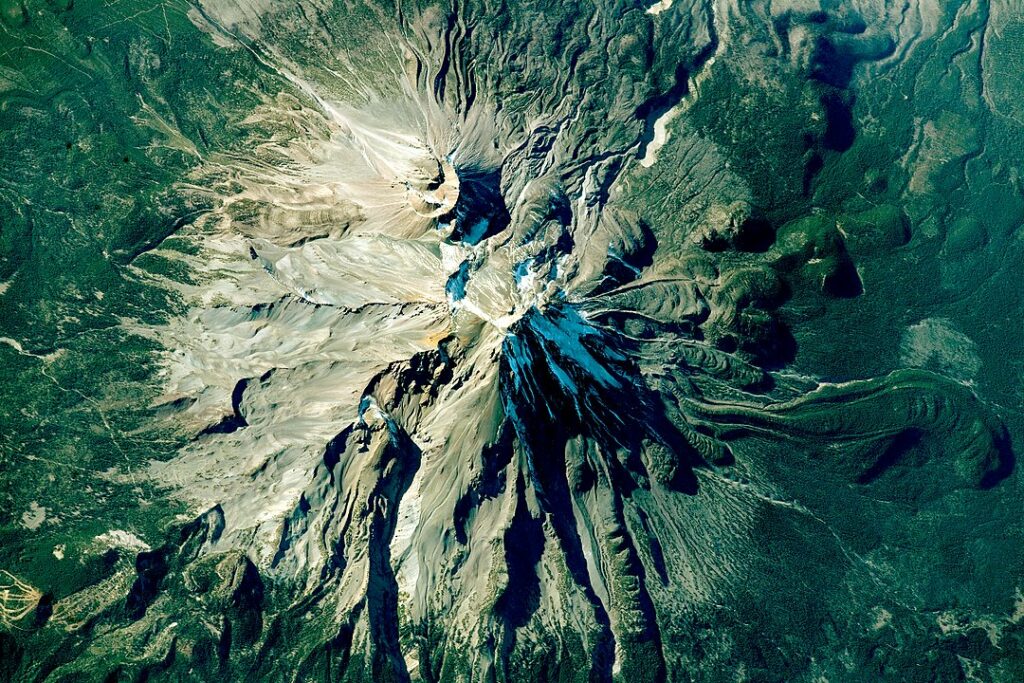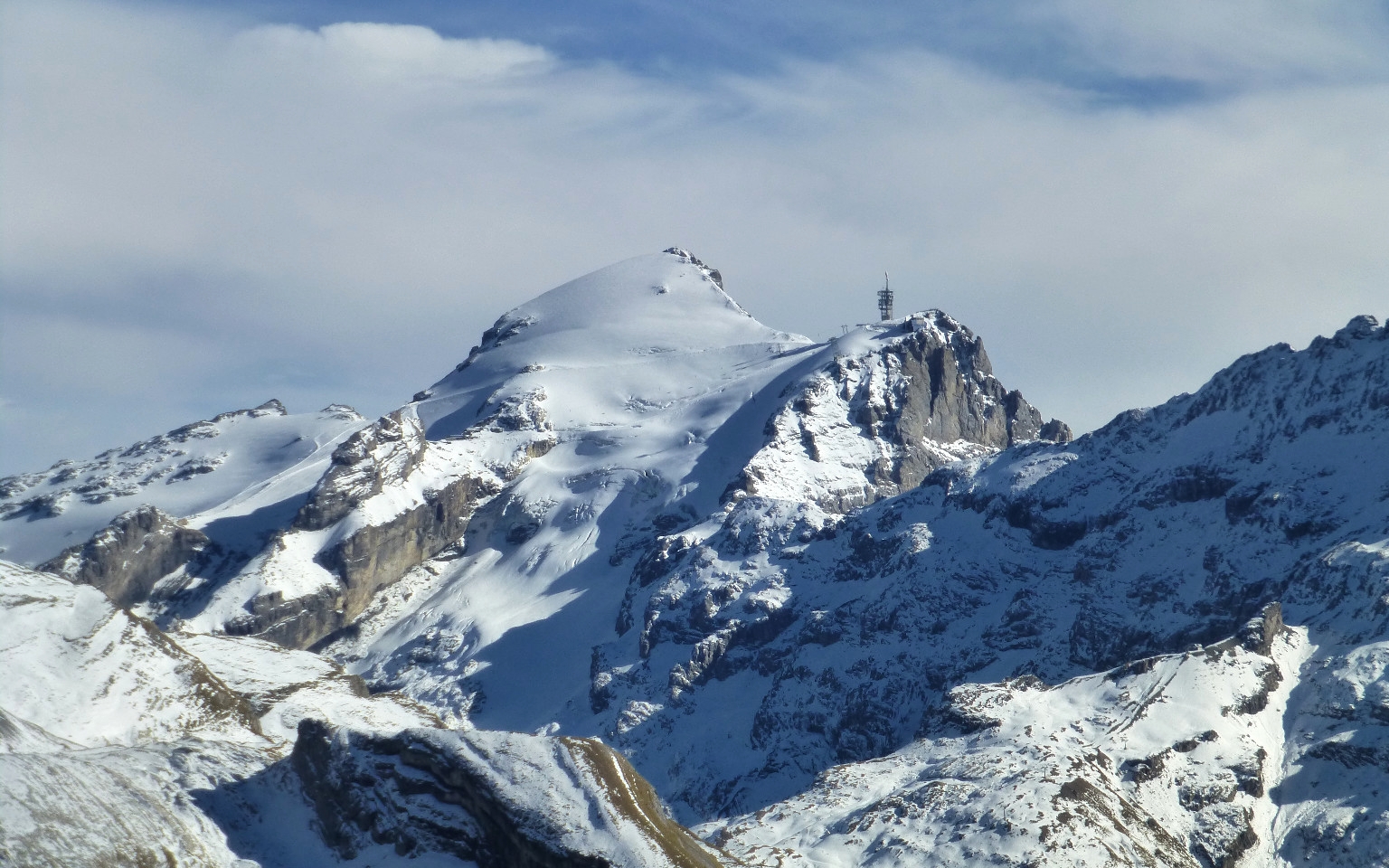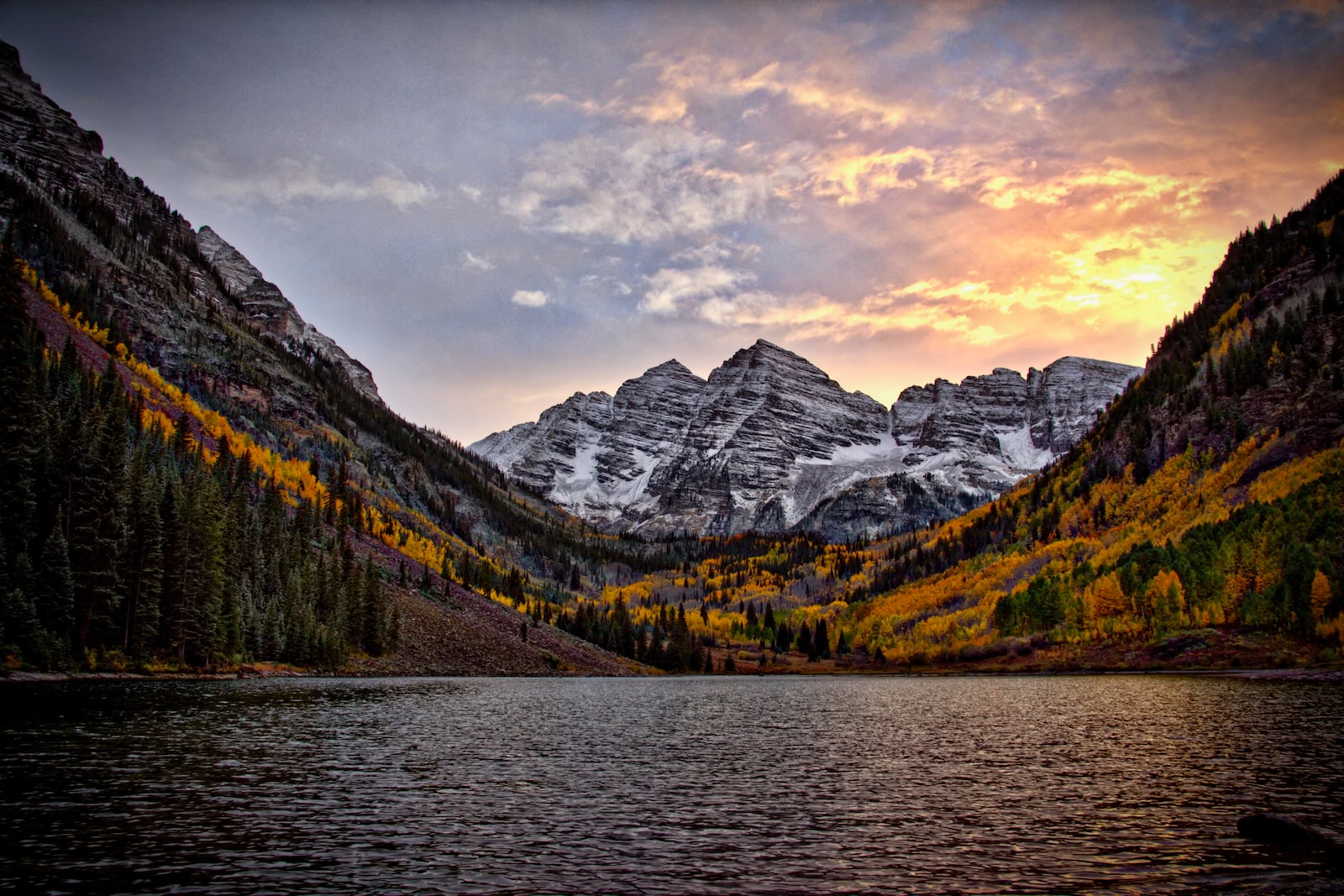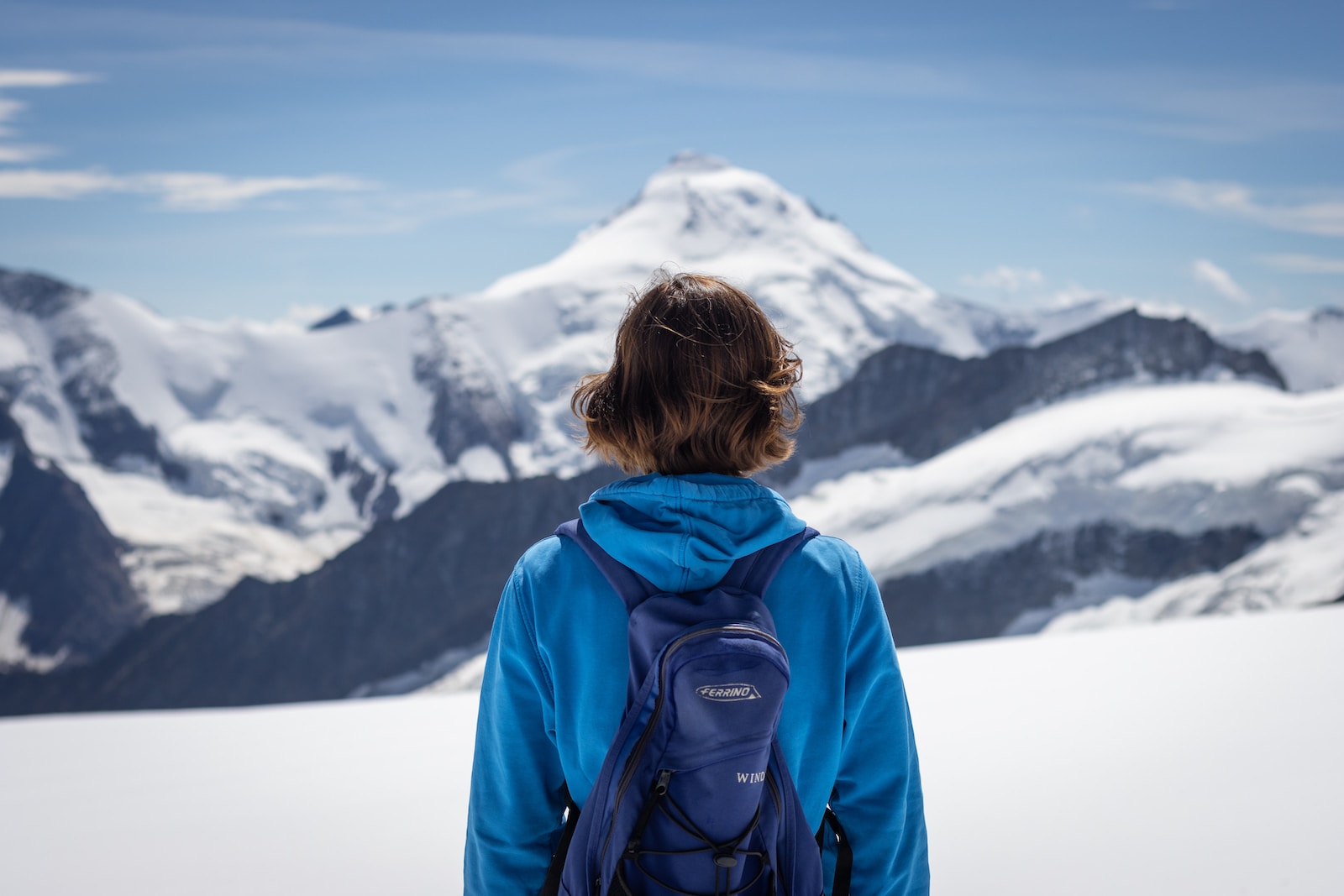Welcome to our blog, where we invite you to embark on a mesmerizing journey to explore the enchanting beauty of Mount Shasta, a majestic wonder nestled in the heart of the USA. In this comprehensive guide, we will unveil the secrets behind capturing the ethereal essence of this awe-inspiring landscape through the lens of your camera. Join us as we delve into the best times, angles, and photographic techniques for capturing the true magnificence of Mount Shasta.
Table of Contents
- The Majestic Mount Shasta: A Guide for Photographers
- The Best Camera for Photographing Mount Shasta
- Best Time of Year for Photography
- Frequently Asked Questions
- 1. What is the best time to visit Mount Shasta for photography?
- 2. What are the recommended angles for capturing Mount Shasta?
- 3. What photographic techniques work best for Mount Shasta?
- 4. Are there any photography workshops or tours available in the area?
- 5. Are there any photography restrictions or permits required?
- 6. Aside from Mount Shasta, are there any other nearby attractions for nature photography?
- 7. Are there any accommodations available near Mount Shasta?
- 8. Can you recommend any local photography resources or groups for networking?
- Wrap Up
The Majestic Mount Shasta: A Guide for Photographers
Mount Shasta, located in the northern part of California, is a breathtaking destination for landscape and mountain photography. Its stunning natural beauty, towering peaks, and diverse landscapes make it a perfect subject for photographers looking to capture something truly awe-inspiring.
Unique Features for Photography
One of the most captivating features of Mount Shasta is its unique cone-shaped volcano. Rising to an impressive height of 14,179 feet, it stands majestically against the clear blue sky, creating a dramatic backdrop for your photographs. The distinct contours and jagged edges of the mountain offer endless opportunities for composition and perspective.
Another fascinating feature of Mount Shasta is its ever-changing weather. Due to its elevation and position, the mountain is often shrouded in beautiful clouds, mist, or even snow. These atmospheric conditions add a touch of mystery and drama to your images, making them truly stand out. Be prepared to capture stunning shots of the mountain as it emerges from the mist or when the sun bathes it in a golden glow.
Photographic Techniques
To encapsulate the grandeur of Mount Shasta in your photographs, consider using the following techniques:
- Golden hour shots: Make the most of the soft and warm light during sunrise or sunset to capture Mount Shasta in all its glory. The warm hues will beautifully complement the mountain’s natural colors and create a captivating ambiance in your images.
- Long exposure: Experiment with long exposure shots to create smooth, ethereal effects on the surrounding landscapes. For example, capturing a flowing river with the mountain in the background can create a sense of tranquility and harmony.
- Leading lines: Utilize the natural lines of the mountain to guide the viewer’s eyes through the frame and create a sense of depth. The slopes and ridges of Mount Shasta can serve as excellent leading lines, drawing attention to its magnificent peak.
- Wide-angle perspectives: Mount Shasta offers vast panoramic views that are perfect for wide-angle photography. Capture the mountain in its entirety, while also highlighting the surrounding forests, lakes, and meadows.
- Foreground interest: Incorporate interesting foreground elements, such as wildflowers, rocks, or trees, to add depth and visual interest to your images. These elements can create a sense of scale, emphasizing the awe-inspiring size of Mount Shasta.
Remember to explore different angles, experiment with different focal lengths, and always be mindful of the weather conditions to capture Mount Shasta in its most captivating moments. Whether you’re an amateur photographer or a seasoned professional, Mount Shasta offers an abundance of opportunities to create truly remarkable and memorable images.
Did you know that Mount Shasta is a dormant volcano in California and stands as the second-highest peak in the Cascade Range? Its majestic beauty and scenic landscapes have made it a popular destination for nature enthusiasts and photographers from around the world. Capture the awe-inspiring beauty of this natural wonder with your lens and create stunning landscape photographs.
The Best Camera for Photographing Mount Shasta
When it comes to capturing the majestic beauty of Mount Shasta, having the right camera is essential. Here are three options that will help you get stunning landscape photographs:
- DSLR Camera: A DSLR camera, such as the Canon EOS 5D Mark IV or Nikon D850, is a fantastic choice for capturing the intricate details of Mount Shasta. These cameras offer high-resolution sensors and excellent dynamic range, allowing you to capture every nuance of the landscape.
- Mirrorless Camera: If you prefer a lighter and more compact option, mirrorless cameras like the Sony Alpha a7R III or Fujifilm X-T4 are worth considering. These cameras offer exceptional image quality and advanced features, making them great for landscape photography.
- Smartphone Camera: If you don’t have a DSLR or mirrorless camera, your smartphone can still capture impressive photos of Mount Shasta. Phones like the iPhone 12 Pro or Samsung Galaxy S21 have powerful camera capabilities, including multiple lenses and advanced computational photography features.
Recommended Lenses and Accessories
In addition to a high-quality camera, the right lenses and accessories can help elevate your Mount Shasta photographs to the next level. Consider the following options:
- Wide-Angle Lens: A wide-angle lens, such as a 16-35mm or 24mm prime lens, is perfect for capturing the vastness of Mount Shasta’s landscapes. It allows you to include more of the surroundings, creating a sense of grandeur in your photos.
- Telephoto Lens: A telephoto lens, like a 70-200mm or 100-400mm, is ideal for capturing distant details, such as the mountain’s snow-capped peaks or wildlife in the area. It also helps in compressing the perspective, emphasizing the scale of the landscape.
- Tripod: Using a sturdy tripod is imperative for getting sharp images, especially during low-light conditions or long exposure shots. Look for a lightweight and durable tripod like the Manfrotto BeFree or Gitzo Mountaineer series.
- Filters: Consider adding a polarizing filter to reduce glare and enhance colors. Additionally, neutral density (ND) filters can help you achieve long exposure effects, such as capturing the movement of water in nearby rivers or waterfalls.
Regardless of the camera and equipment you choose, remember that it’s the photographer’s eye and skills that truly bring out the magic of Mount Shasta. Experiment with different lenses and techniques to capture your unique perspective and create stunning photographs of this awe-inspiring natural wonder.

Best Time of Year for Photography
Capturing the majestic beauty of Mount Shasta requires careful timing and planning. While this stunning mountain is photogenic all year round, there are certain seasons that offer unique opportunities for landscape photographers.
- Spring: Springtime, particularly in April and May, is an ideal season for capturing Mount Shasta. The snowcapped peak contrasts beautifully with the surrounding vibrant greenery and blooming wildflowers, creating a picturesque landscape.
- Summer: Summer brings clear skies and longer daylight hours, providing ample opportunities for photographers to capture the mountain’s beauty. The warm sunlight creates a soft glow on the mountain’s slopes, making it an ideal time for sunrise and sunset shots.
- Fall: Autumn fills the region with vibrant colors as the surrounding forests transform into a mesmerizing palette of reds, oranges, and yellows. September and October are the best months to capture Mount Shasta amidst this breathtaking fall foliage.
- Winter: For photographers seeking a stunning winter wonderland scene, December to February is the perfect time to photograph Mount Shasta covered in snow. The white landscape against a clear blue sky offers a truly magical experience.
Recommended Vantage Points and Positions
Mount Shasta offers numerous vantage points to capture its grandeur. Here are some of the best locations and positions for photographers:
- Mount Shasta Summit: For the adventurous photographers, hiking to the summit of Mount Shasta presents a breathtaking view of the surrounding landscapes. Capture the mountain in its full glory with vast expanses of wilderness stretching out beneath.
- Mount Shasta Vista Point: Located on Interstate 5, this viewpoint offers a panoramic view of Mount Shasta. Try capturing the mountain from different angles and experiment with various focal lengths to obtain unique compositions.
- Lake Siskiyou: This picturesque lake provides a stunning reflection of Mount Shasta on calm days. Explore different spots along the lake’s shoreline to find the perfect angle for capturing the mountain’s reflection in the water.
- Castle Lake: Nestled at the base of Mount Shasta, Castle Lake offers a captivating foreground for images. Capture the mirror-like reflections of the mountain and surrounding forest in the crystal-clear waters of the lake.
- McCloud Falls: While not directly at the base of Mount Shasta, McCloud Falls is an incredible location to capture the mountain from a distance. Experiment with long exposure techniques to capture the flow of the waterfalls alongside the stunning backdrop of Mount Shasta.
Remember to plan your visit to these vantage points and be aware of any hiking requirements, permits, or restrictions. Each of these locations offers unique photographic opportunities, so don’t be afraid to visit multiple spots to capture Mount Shasta’s beauty from different perspectives.
One helpful photography tip when capturing the beauty of Mount Shasta is to use a wide-angle lens. This will allow you to capture the vastness of the landscape and emphasize the grandeur of the mountain. Additionally, using a tripod will ensure sharp images, especially during low light situations.
Frequently Asked Questions
1. What is the best time to visit Mount Shasta for photography?
The best time to visit Mount Shasta for photography is during the golden hours, which are the first hour after sunrise and the last hour before sunset. The soft lighting during these times enhances the mountain’s beauty and creates stunning shadows and contrasts.
2. What are the recommended angles for capturing Mount Shasta?
There are several recommended angles for capturing Mount Shasta. One popular option is from North Lake, where you can include the reflections of the mountain in the water for a mesmerizing shot. Another great angle is from Panther Meadows, which showcases the wildflower meadow in the foreground with the mountain as the backdrop.
3. What photographic techniques work best for Mount Shasta?
To capture the majesty of Mount Shasta, wide-angle lenses are highly recommended to encompass its grandeur within the frame. Additionally, using a polarizing filter can help reduce glare and enhance the colors of the mountain and surrounding landscape. Experimenting with long-exposure techniques can also create unique effects with the clouds or flowing water.
4. Are there any photography workshops or tours available in the area?
Yes, there are photography workshops and tours available in the Mount Shasta area. These workshops are led by experienced photographers who have in-depth knowledge of the best locations and techniques for capturing the mountain’s beauty. Joining a workshop or tour can provide valuable insights and opportunities for capturing stunning photographs.
5. Are there any photography restrictions or permits required?
As of now, there are no specific photography restrictions for Mount Shasta. However, it is always important to respect the environment and adhere to any guidelines in place, such as staying on designated trails and avoiding sensitive areas. If you are planning to use commercial photographs for publication or sale, it is advisable to check the copyright and licensing requirements.
6. Aside from Mount Shasta, are there any other nearby attractions for nature photography?
Absolutely! In addition to Mount Shasta, the surrounding area offers numerous attractions for nature photography. Some notable options include McCloud Falls, Castle Lake, and Heart Lake. These locations provide diverse landscapes, from cascading waterfalls to serene alpine lakes, allowing photographers to capture the breathtaking beauty of the region.
7. Are there any accommodations available near Mount Shasta?
Yes, there are plenty of accommodations available near Mount Shasta. From cozy lodges to campgrounds and vacation rentals, you can find something to suit your preferences. It’s advisable to make reservations in advance, particularly during peak travel seasons, to ensure availability.
8. Can you recommend any local photography resources or groups for networking?
There are some local photography resources and groups that can be beneficial for networking and learning from fellow photographers. The Mount Shasta Photographers Facebook group and the Mount Shasta Camera Club are great communities to connect with like-minded individuals, share your work, and gain inspiration.
Wrap Up
Mount Shasta, with its majestic beauty, offers an incredible canvas for landscape and mountain photography. With its ever-changing natural elements and breathtaking views, it is a paradise for photographers seeking to capture the beauty of nature.
By following our guide, you can experience Mount Shasta at its best. Remember to plan your visit during the golden hours, explore different angles, and utilize various photographic techniques to showcase the grandeur of this stupendous locale.
We hope this guide has inspired you to embark on a photographic journey to Mount Shasta. Let your creativity flourish, and don’t forget to share your stunning captures with us! Leave a comment below and tell us about your experiences and favorite spots at Mount Shasta.


